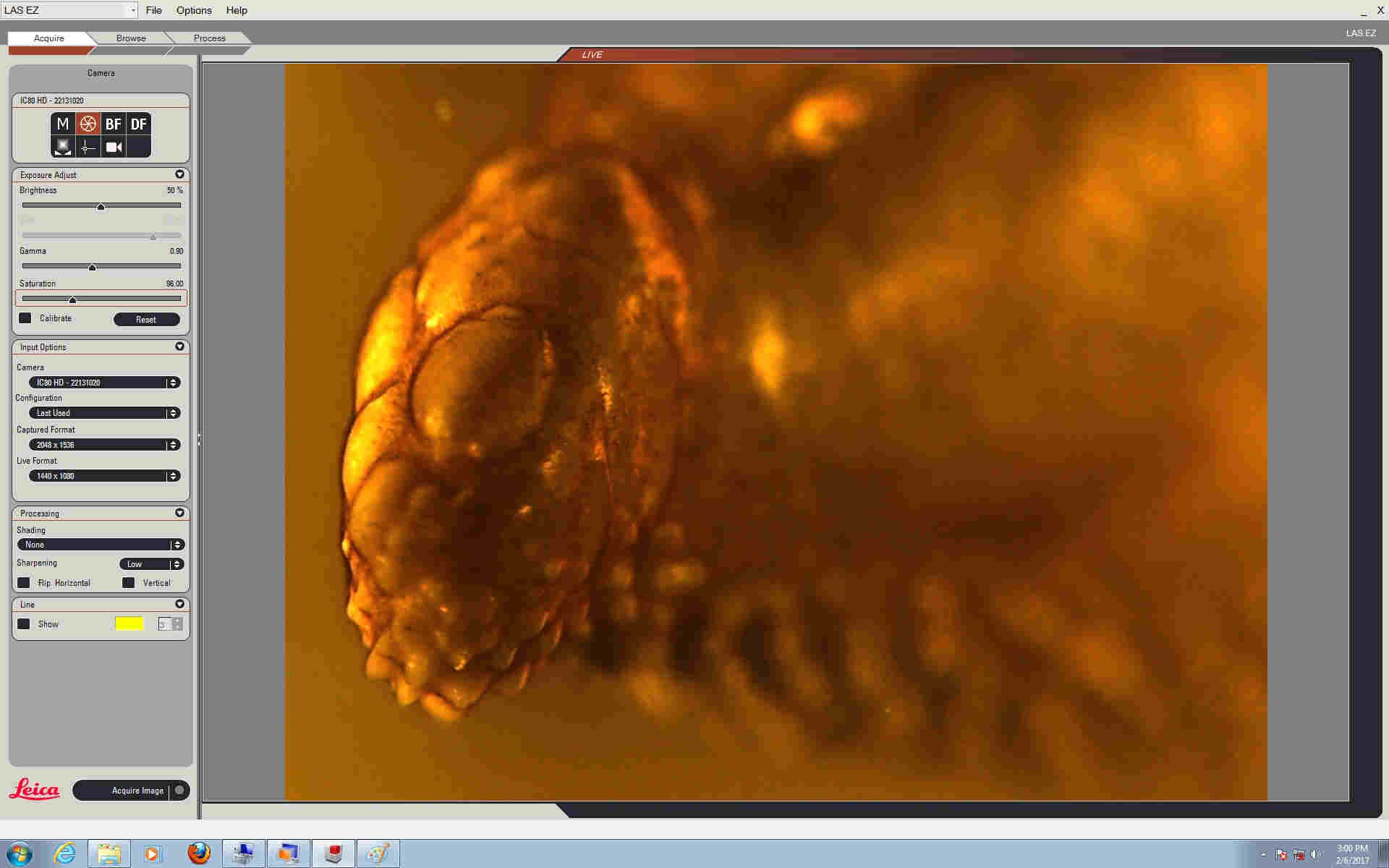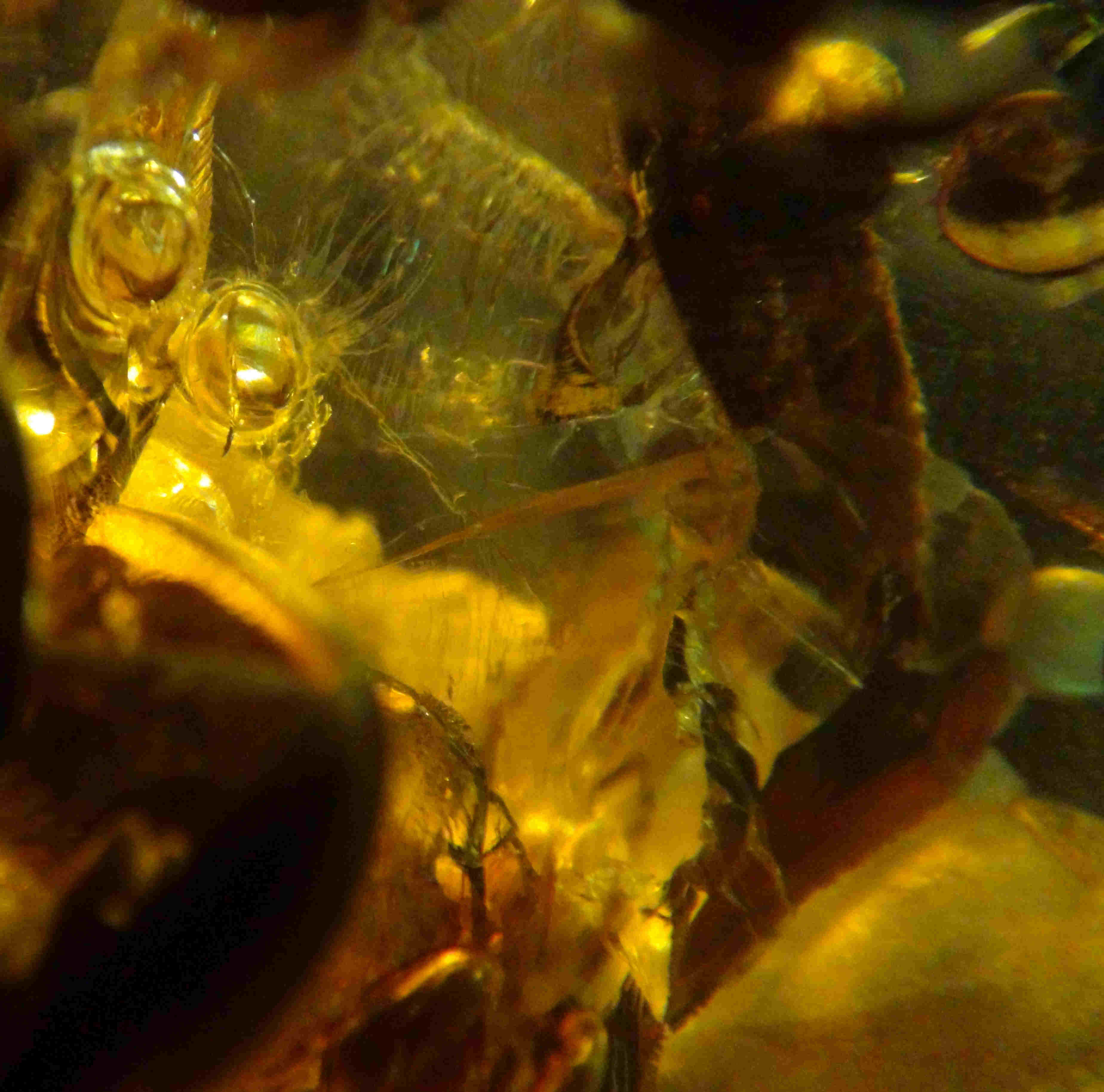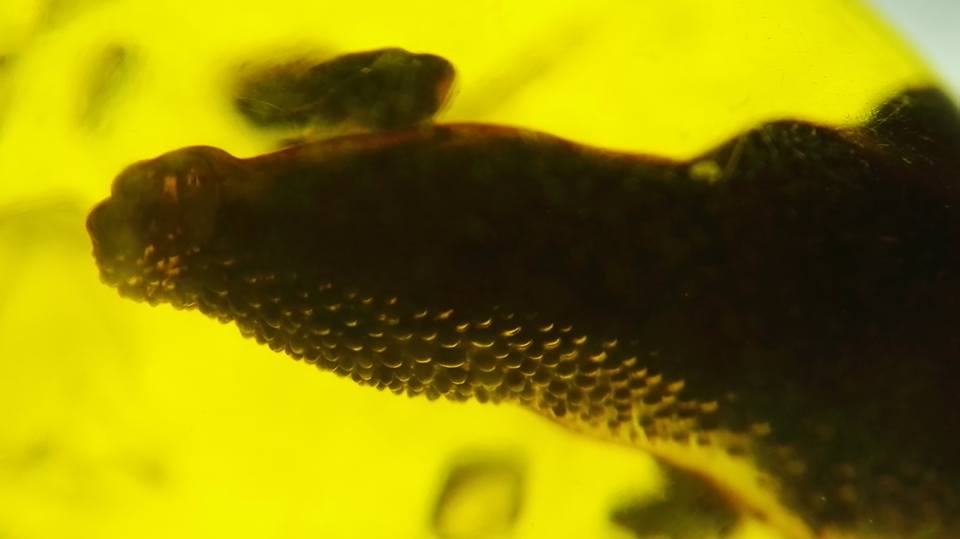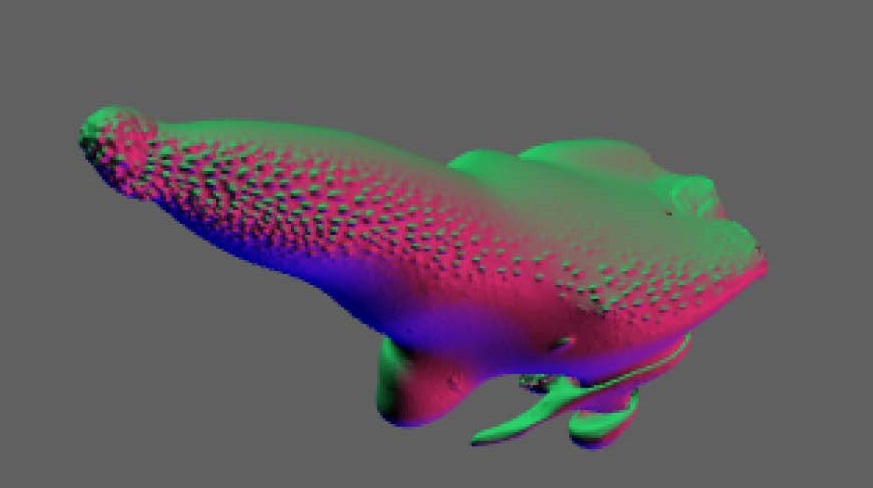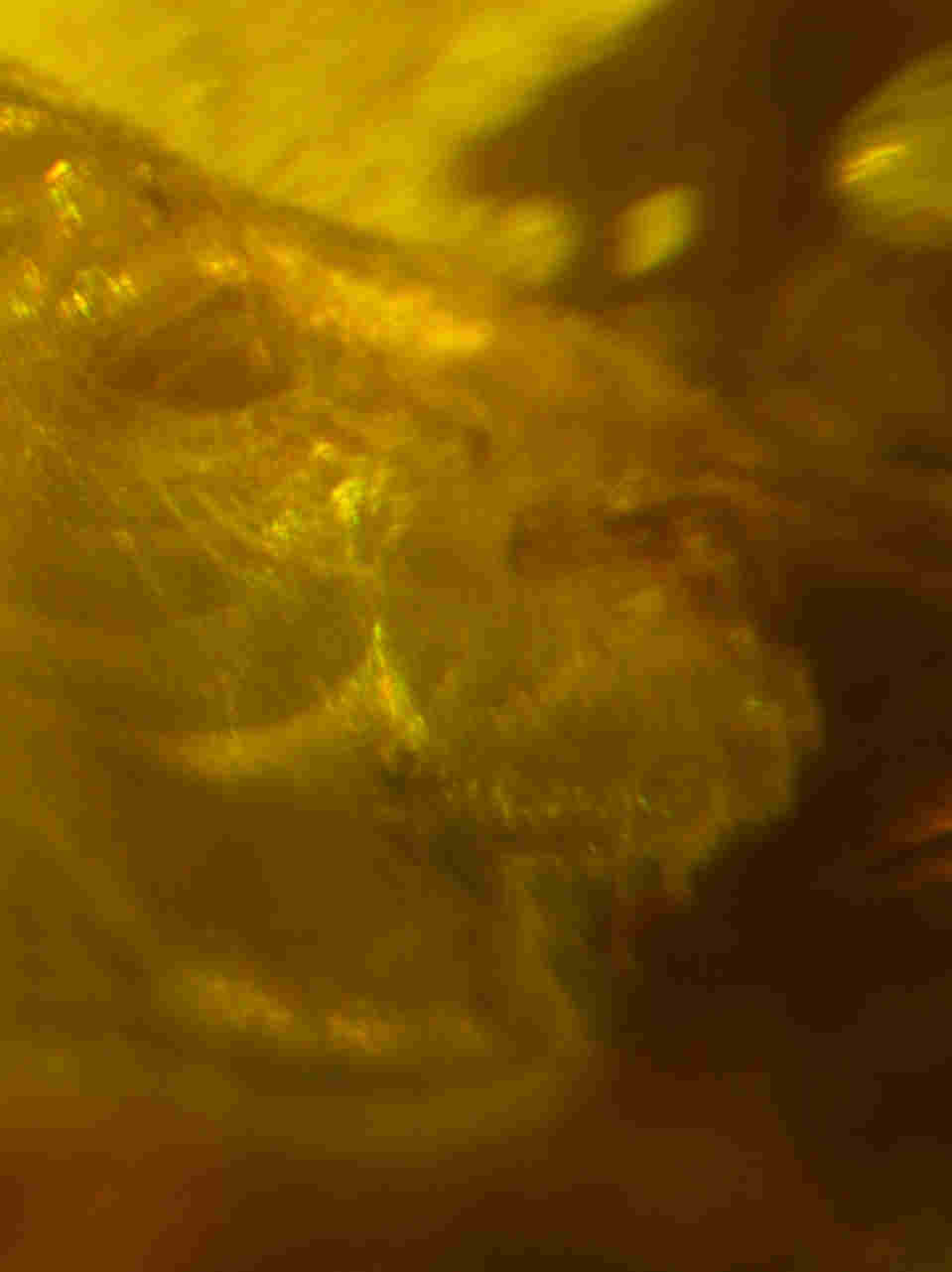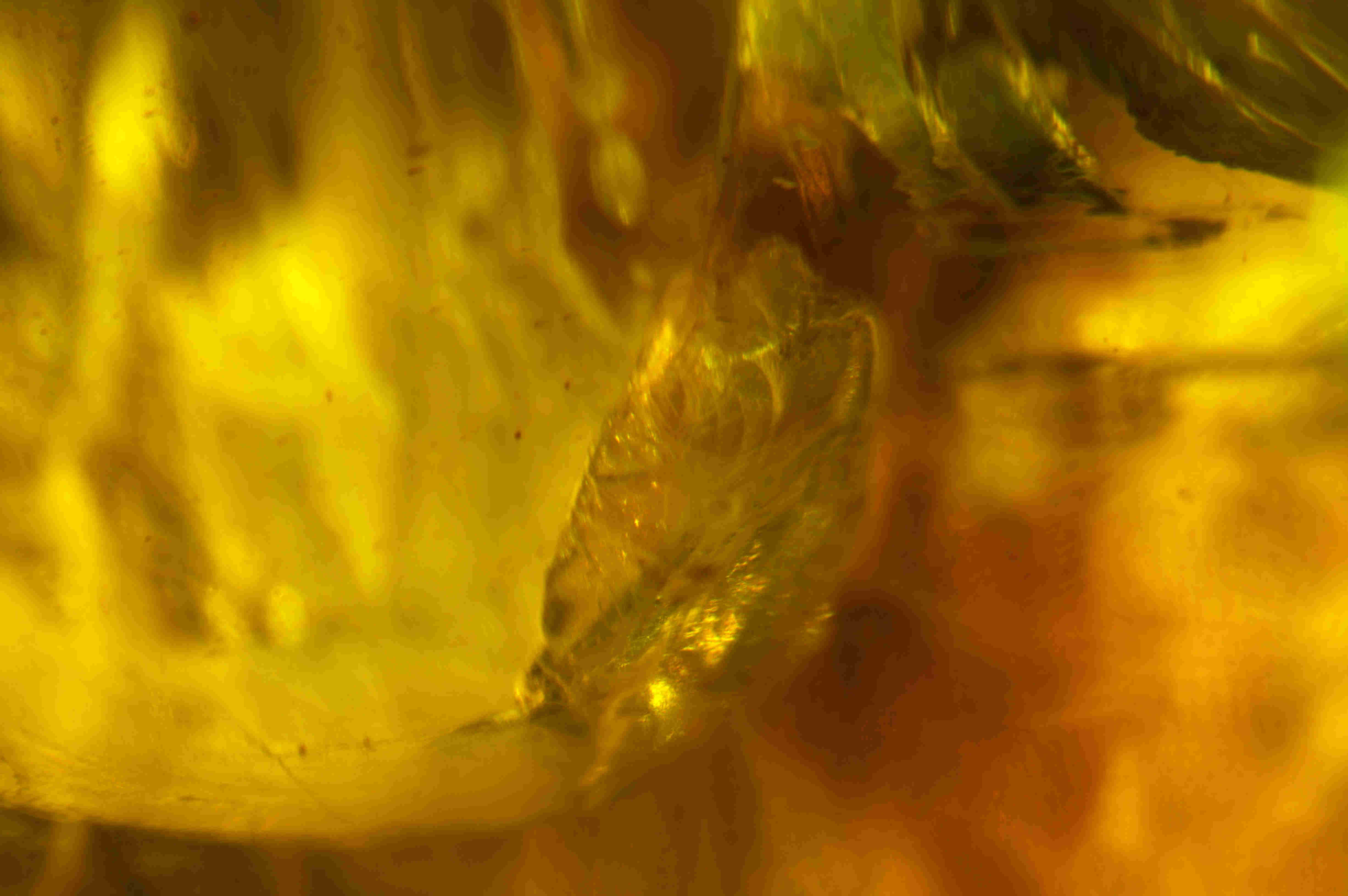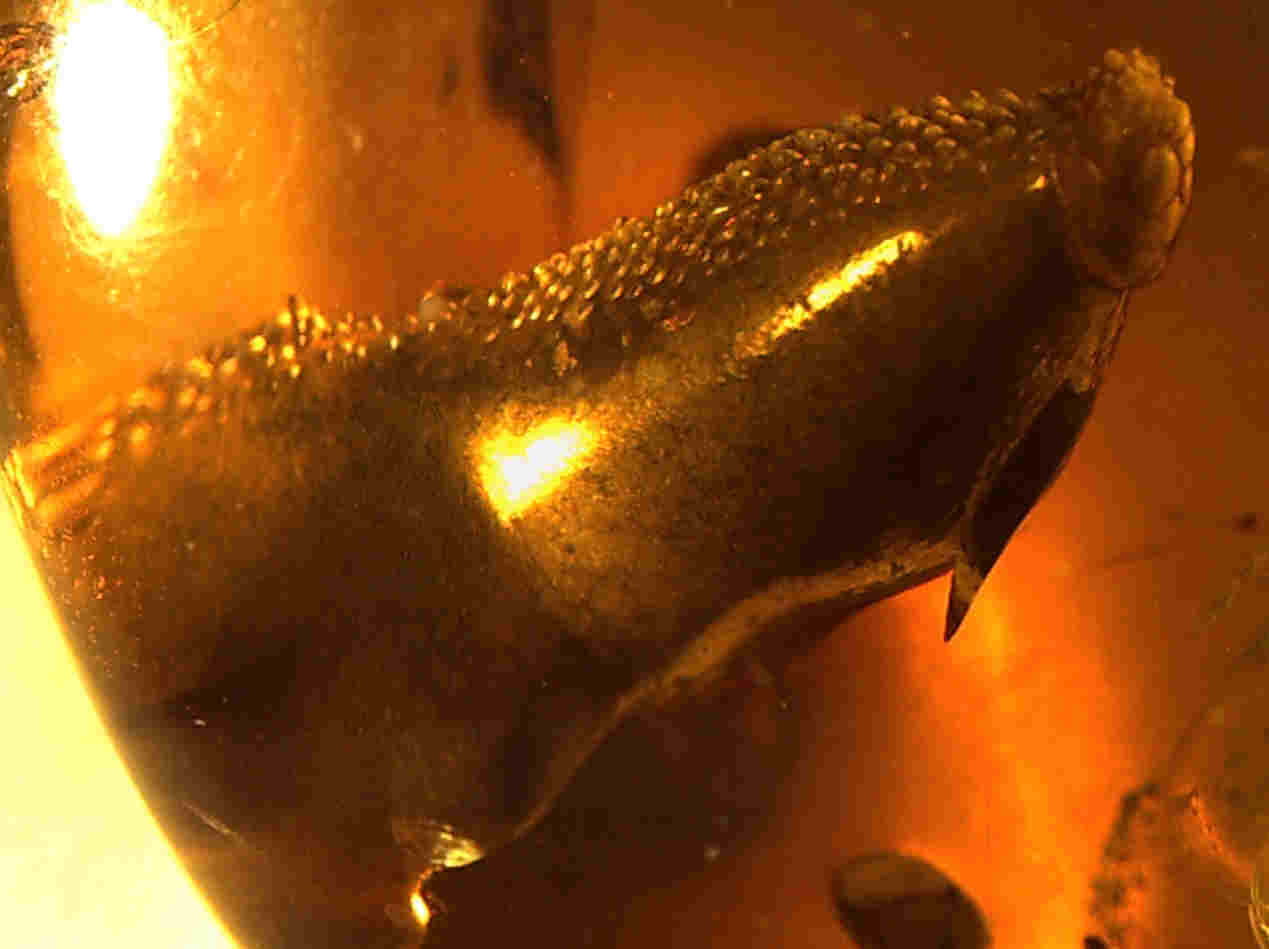
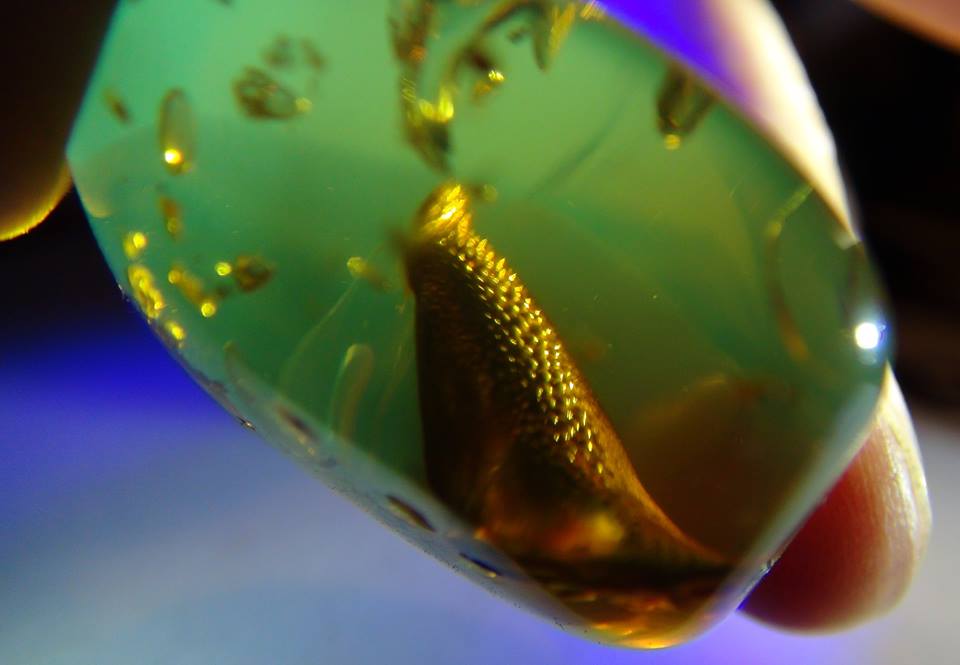
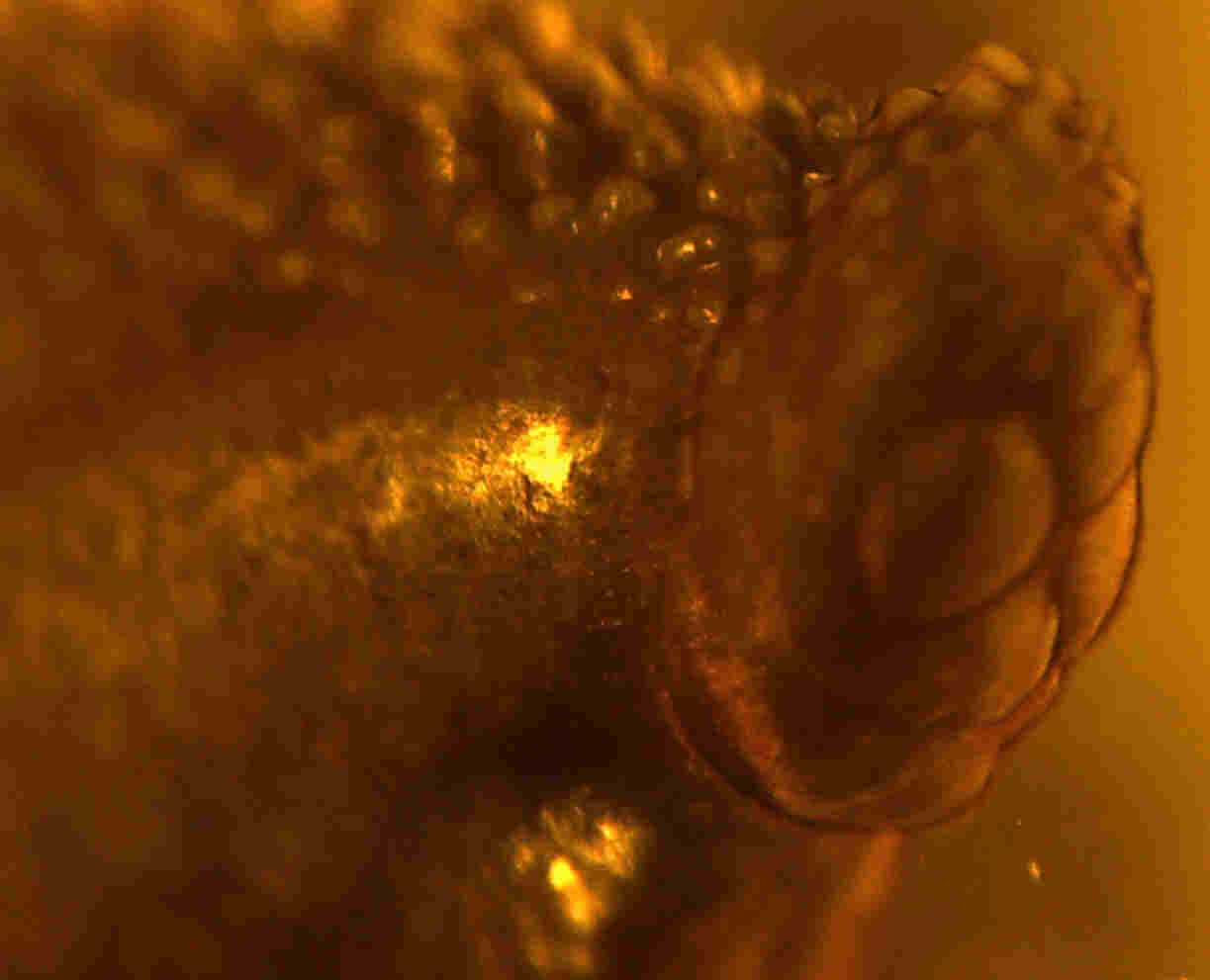
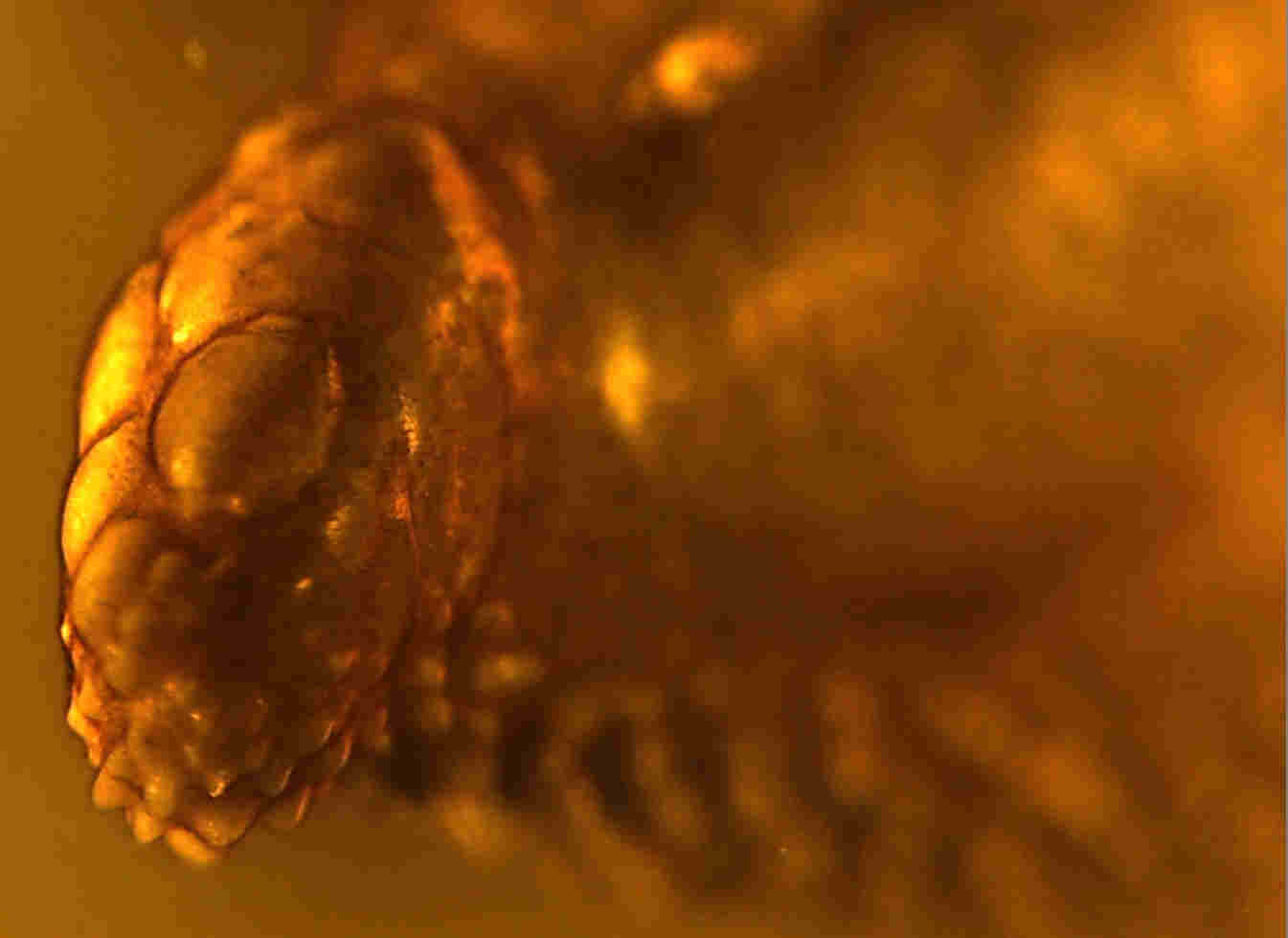
The presence and survival of pathogens inside the gut of leeches were studied by means of light and electron microscopy. In African leeches from Cameroon, blood was serologically positive for human immunodeficiency virus (HIV) and hepatitis B; blood of Hirudo medicinalis bought in German pharmacies contained up to 11 different species of bacteria. In experiments done at low (3°C) and high (22°, 32°C) temperatures, it was shown that ingested red and white blood cells survive for long periods. The time was prolonged to at least 6 months in cases in which the leeches were stored at 3°C. The same effect occurred with pathogens. Bacteriophages (viruses of bacteria) and bacteria persisted in large numbers for at least 6 months in the gut of experimentally infected leeches. Protozoan parasites such asToxoplasma gondii, Trypanosoma brucei brucei, or Plasmodium berghei were even capable of reproducting inside the gut of the leech. In the case of Plasmodium parasites, this proceeded at low (3°C) and high (22°C) temperatures until all erythrocytes were used up. these parasites survived as long as the erythrocytes and lymphocytes were of good shape, i.e., around 5–6 weeks p.i. Single stages survived longer, especially at low temperatures. However, electron microscopy studies gave no hint of penetration of such pathogens into the unicellular salivary glands, which would initiate a direct transmission. Such transmission, however, is possible-many fish leeches directly transmit several blood parasites —when the leeches are squeezed during skin attachment or when they are manipulated by dropping salt solution on their backs while they are sucking. Consequently, the leech is a potential vector of many pathogens, especially in regions with an endemic spread of human and/or animal pathogens.
